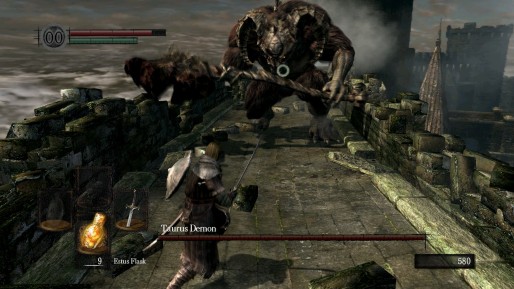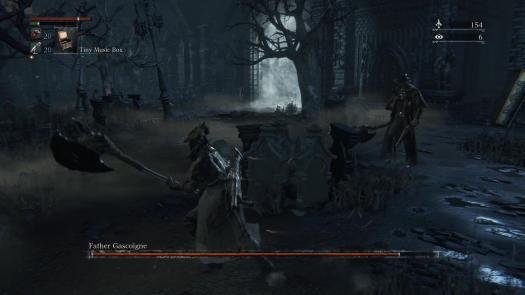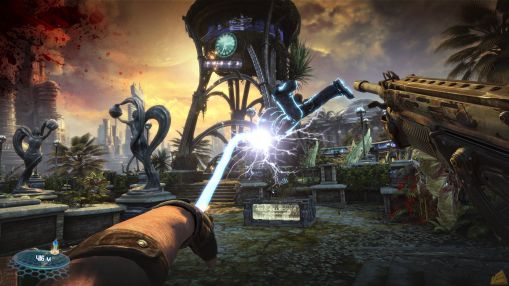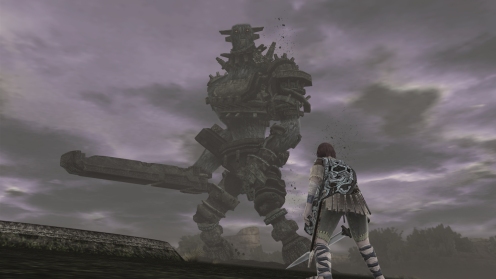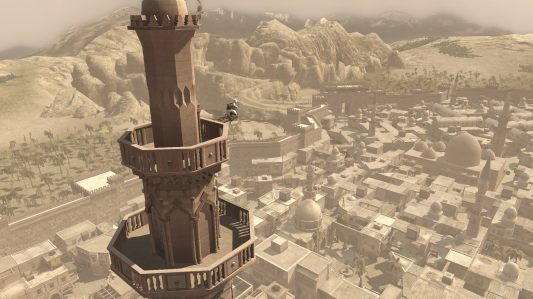From its stunning visual fidelity, attention to detail, and cinematic narrative, The Last of Us is a darkly, beautiful game in more ways than one. Although beautiful, The Last of Us depicts humanity at its most desperate, and even in a post-apocalyptic wasteland inhabited by infected zombies, humans are still the biggest threat.
If you break military curfew: You are dead. If you trust another person: You are dead. If you have any aversion to killing: You are dead. The only people that survive are those that are willing to do whatever it takes, which often means that these survivors are bad, bad people.
And you play as one of them: Joel.

Initially I, rather naively, thought that Joel was just another ‘good guy’, albeit a bit colder and more selfish than the typical protagonist, but as conversations between himself and Ellie unfolded, I realised that Joel was definitely not ‘good’. Throughout the game Joel literally kills hundreds of people, both infected and uninfected, without a second thought. Often the people that he kills are in the same position as himself; they are just desperate survivors.
As the player, I didn’t think about this until an enemy yelled at Joel, calling him ‘crazy’. After all, killing is just a part of games, it seems normal in context. The normality of killing in games is reflected in the normality of killing in the post-apocalyptic world of The Last of Us. Joel kills because he sees it as a normal part of the world now.
Being called ‘crazy’ snapped me back to reality and I began to feel very uncomfortable with some of the decisions that Joel makes: Threatening to murder Henry after having been saved from drowning by him, threatening to leave Ellie with his brother, and, of course, the final decisions that Joel makes. This discomfort with his decisions began to make me feel uncomfortable playing as him, and I actually felt relieved to play as Ellie when it came to winter.
By the end of the game I felt as though I had become just as selfish as Joel.
After being captured by the leader of the fireflies, Marlene, Joel realises that in order for a cure to be found, Ellie will die in the process. Although thousands, maybe millions, of lives will be saved in the process, Joel is relentlessly unwilling to allow this to happen. He will not allow Ellie to die, like his own daughter, Sarah died before. This final decision encapsulated the moral greyness of the game.
I felt extremely conflicted by the ending. Although I felt that the death of one person in order to save thousands, was the ‘right’ decision in this bleak dilemma, it would have been out of character for Joel to think the same. I also found myself secretly praying that Ellie would survive. After having developed a strong relationship with the characters, I felt compelled to defy what I believed to be ‘right’ in favour of saving a character whom I had grown to like. My relationship with Ellie reflected Joel’s relationship with her.
It’s testament to the strength of the story, the relationship between characters, and the relationship between yourself and the characters, that by the end of the story I found myself questioning my own moral compass.


